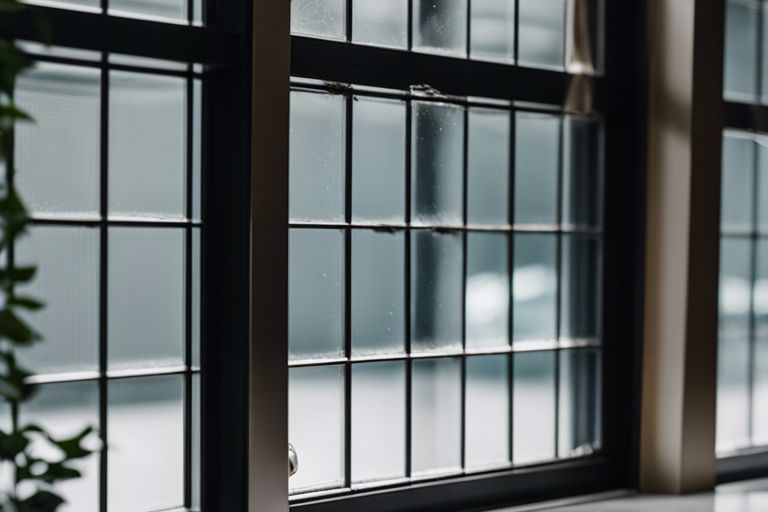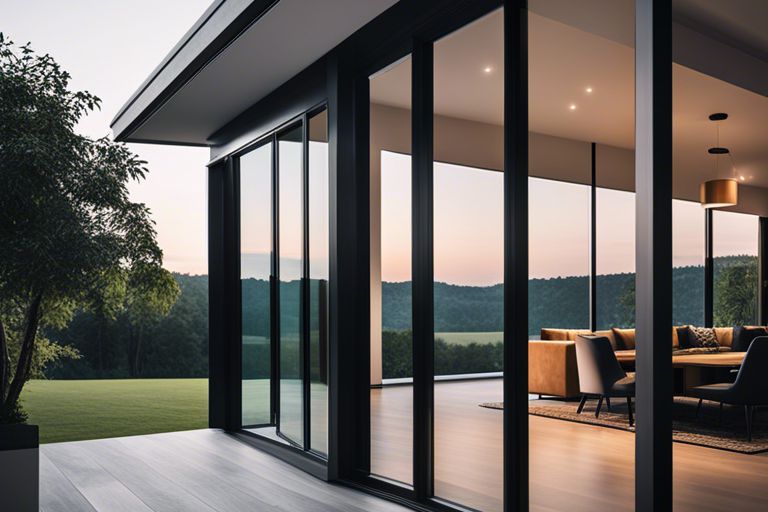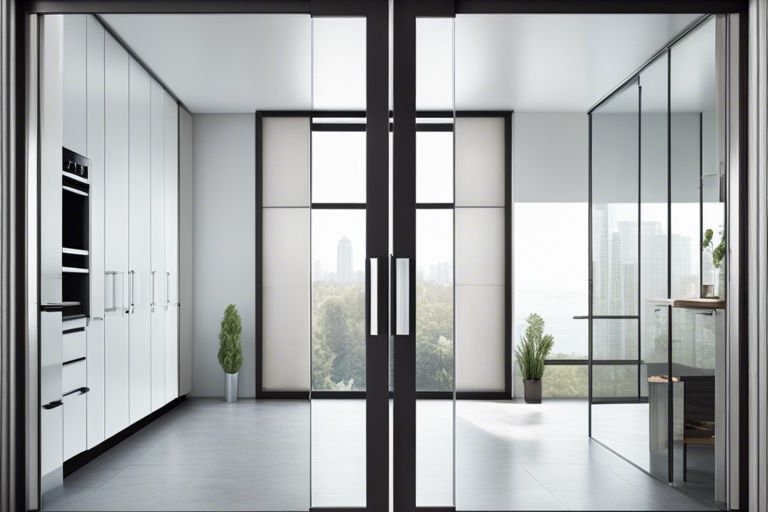Installing a curtain wall requires a meticulous process that involves precision, skilled labour, and adhering to safety measures. This structural element not only enhances a building’s aesthetic appeal but also plays a crucial role in providing weatherproofing, thermal insulation, and sound reduction. The installation process involves carefully assembling the framing, glass panels, and sealing components to create a seamless and secure barrier against external elements. It is essential to conduct thorough quality checks and inspections throughout the installation to ensure structural integrity and safety. Understanding the complexities and intricacies of the process is vital to achieving a successful and durable curtain wall installation.
Key Takeaways:
- Planning is crucial: Careful planning is essential before starting the installation process to ensure a smooth and successful outcome.
- Weather considerations: Weather conditions can impact the installation process, so having contingency plans in place is important.
- Quality control is key: Regular checks and inspections must be conducted throughout the installation process to maintain the quality and integrity of the curtain wall system.

Pre-Installation Considerations
Site Survey and Measurements
Before beginning the installation of a curtain wall system, it is crucial to conduct a thorough site survey and take precise measurements of the building’s façade. This initial step involves assessing the condition of the structure, identifying any obstacles or constraints, and determining the exact dimensions required for the curtain wall to fit accurately.
Accurate measurements are essential to ensure that the curtain wall system is customised to the specific dimensions of the building. Errors in measurements can lead to costly delays and mismatches during installation, compromising the overall performance and aesthetics of the curtain wall.
Selection of Curtain Wall Materials
Choosing the right materials for the curtain wall system is a critical decision that can significantly impact the performance and appearance of the building. Factors to consider include the environmental conditions, design requirements, and budget constraints when selecting materials such as glass, aluminium, steel, or composite panels.
It is important to select materials that not only enhance the building’s aesthetic appeal but also provide strength, durability, and energy efficiency. The quality and suitability of the materials will determine the long-term performance and maintenance requirements of the curtain wall system.
Installation Process
Establishing the Framework
Before starting the installation of a curtain wall, it is crucial to establish a strong framework to support the weight of the glass panels. This involves carefully measuring and marking where each support bracket will be placed, ensuring that they are positioned correctly to bear the load. It is essential that the framework is securely anchored to the building structure to prevent any risk of collapse during or after installation.
Once the framework is in place, the next step is to attach the support brackets and mullions. These components form the backbone of the curtain wall system, providing stability and structural integrity. It is important to double-check all connections and ensure that they are securely fastened to prevent any movement once the glass panels are installed.
Fitting the Glass and Panels
When it comes to fitting the glass and panels, precision is key. Each piece must be carefully measured and cut to fit the designated space within the framework. Handling glass panels can be hazardous, so it is crucial to take necessary safety precautions and use specialised equipment to prevent accidents.
After the glass panels are in place, they are typically secured using a combination of pressure plates, caps, and sealant. This not only provides a secure fit but also ensures proper insulation and weatherproofing for the building.
It is crucial to follow manufacturer guidelines and industry best practices when fitting glass and panels to ensure the longevity and performance of the curtain wall system. Proper installation is essential for the overall effectiveness and appearance of the finished product.
Post-Installation
Once the curtain wall system is in place, the post-installation phase begins. This stage is crucial to ensure the efficiency and longevity of the curtain wall. Post-installation activities include sealing and weatherproofing, quality inspection, and compliance checks.
Sealing and Weatherproofing
Sealing and weatherproofing are essential steps to prevent water infiltration and air leakage. High-quality sealants are applied to the joints and connections between the glass panels to create a watertight barrier. Additionally, gaskets are used to enhance the curtain wall’s resistance to wind and environmental factors.
Quality Inspection and Compliance Checks
During this phase, thorough quality inspection and compliance checks are conducted to ensure the curtain wall meets industry standards and regulations. Quality inspectors scrutinise the installation for any defects or issues that may compromise the system’s performance. Compliance checks are carried out to confirm that the installation adheres to safety codes and specifications.
It is crucial to conduct regular quality inspections even after the initial checks to maintain the integrity and performance of the curtain wall system over time.

Maintenance and Upkeep
Routine Cleaning and Care
When it comes to the maintenance of curtain walls, routine cleaning and care are essential. Regularly cleaning the glass panels and metal frames will not only keep your building looking its best but also extend the lifespan of the curtain wall system. Use a mild detergent or specialised glass cleaner to remove dirt, dust, and grime from the surface. Pay special attention to areas that are more prone to build-up, such as lower sections exposed to traffic pollution.
Additionally, inspect the sealants, gaskets, and joints for any signs of wear or damage during your cleaning routine. Any deterioration should be addressed promptly to prevent water infiltration and potential structural issues. Regular maintenance will help prevent costly repairs down the line and ensure the long-term performance of your curtain wall system.
Long-Term Maintenance Strategies
Implementing long-term maintenance strategies is crucial for the longevity of your curtain wall system. Consider scheduling professional inspections at regular intervals to assess the overall condition of the installation. These inspections can identify early signs of deterioration or defects that may not be visible during routine cleaning. Addressing any issues promptly can prevent them from escalating into major problems that could compromise the integrity of the curtain wall.
Moreover, investing in protective coatings or treatments for the glass and metal components can help enhance their durability and resistance to environmental factors. These treatments can provide an extra layer of defence against staining, corrosion, and damage, prolonging the life of your curtain wall system. By incorporating these preventative measures into your maintenance plan, you can ensure that your curtain wall continues to perform optimally for years to come.

The Process of Curtain Wall Installation
Installing a curtain wall is a meticulous process that involves precision and attention to detail. From the initial planning and design stages to the final installation, each step must be carefully executed to ensure the structural integrity and aesthetic appeal of the building. The use of specialised equipment and skilled labour is essential in successfully completing a curtain wall installation. By following industry best practices and adhering to safety regulations, contractors can deliver a high-quality, durable curtain wall that enhances the overall appearance of the building while providing energy efficiency and structural support. Overall, the process of curtain wall installation requires expertise, experience, and a commitment to excellence to achieve a successful outcome.
FAQ
Q: What is the first step in the process of curtain wall installation?
A: The first step in the process of curtain wall installation is conducting a thorough assessment of the building structure to determine the suitable design, materials, and installation method.
Q: How are curtain walls fixed to the building structure?
A: Curtain walls are fixed to the building structure using a variety of methods such as anchor bolts, channels, and perimeter angles. The fixing method is determined based on the type of curtain wall system and the building’s structural requirements.
Q: What are some key considerations during the installation of curtain walls?
A: Some key considerations during the installation of curtain walls include ensuring proper alignment and plumbness, sealing joints effectively to prevent water ingress, and coordinating with other trades to ensure a seamless integration of the curtain wall system with the building envelope.






